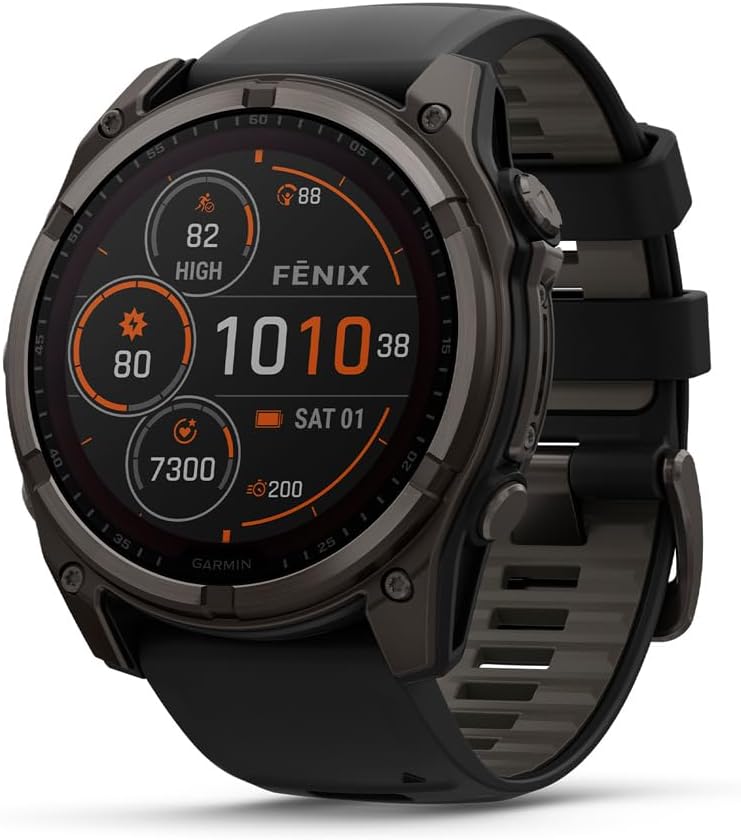Quiet storm
When Lindsey's "The Quiet Storm" debuted in 1976, the first tune on the turntable was the seven-minute-long Robinson hit, which introduced the slot every night thereafter. When Smokey's trademark tenor voice wafted out over the airwaves, listeners knew it was time to cuddle up with a loved one, or kick back in pensive solitude for four hours of melodically soulful mood music. The format was an immediate success, becoming so popular that within a few years, virtually every station in the U.S. with a core black, urban listenership adopted a similar format for its graveyard slot.
Tragically, Melvin Lindsey died of AIDS in 1992, but the "Quiet Storm" format he originated remains a staple in radio programming today, almost 30 years after its inception. WHUR still has a "Quiet Storm" evening program.
Today, quiet storm is also a broad term given to an array of mellow, slow-groove rhythm and blues/soul music and smooth jazz offerings of the type featured on Melvin Lindsey's WHUR program, and on a myriad of other stations that followed his lead.
Initially targeted primarily at a black audience, quiet storm music is distinguished by understated, mellow dynamics and relaxed tempos and rhythms. It can be soothingly pensive, or express romantic sentiment. Quiet storm music is similar to soft rock and adult contemporary styles, but it is more closely and unmistakably rooted in R&B, often with jazz extensions. At its best, the style features an urbane sophistication and subdued soulfulness.
Quiet storm programming is credited with launching the careers of industry legend Luther Vandross and the sultry, sophisticated Anita Baker, and with introducing Sade to U.S. audiences. Classic quiet storm musical fare are Frankie Beverly and Maze's dreamy "Golden Time of Day," Marvin Gaye's lush LP, "Let's Get It On," the orchestrations of Philadelphia soul, the ultra-smooth recordings of Al Green, and much of jazz guitarist Wes Montgomery's work during his CTI (Creed Taylor, Incorporated) years. Quiet storm was most popular as a programming niche with baby boomers from the mid-'70s to the early '90s, after which time much of mainstream R&B began taking on a much harder and more hip-hop influence, image and approach.
But quiet storm music hasn't gone away. It's merely evolved, often with a hip-hop infusion. It also has a new name. "Neo soul" is simply new jack quiet storm. A generation of music aficionados may never have heard Robinson's hit that gave quiet storm music its name, but they enjoy crooners like Brian McKnight, Joe, Jaheim, D'Angelo and Maxwell, as well as female recording artists like Mary J. Blige, India Arie, Jill Scott, Erykah Badu and Alicia Keys. Quiet storm music is also the more mellow, soulful side of smooth and contemporary jazz.





